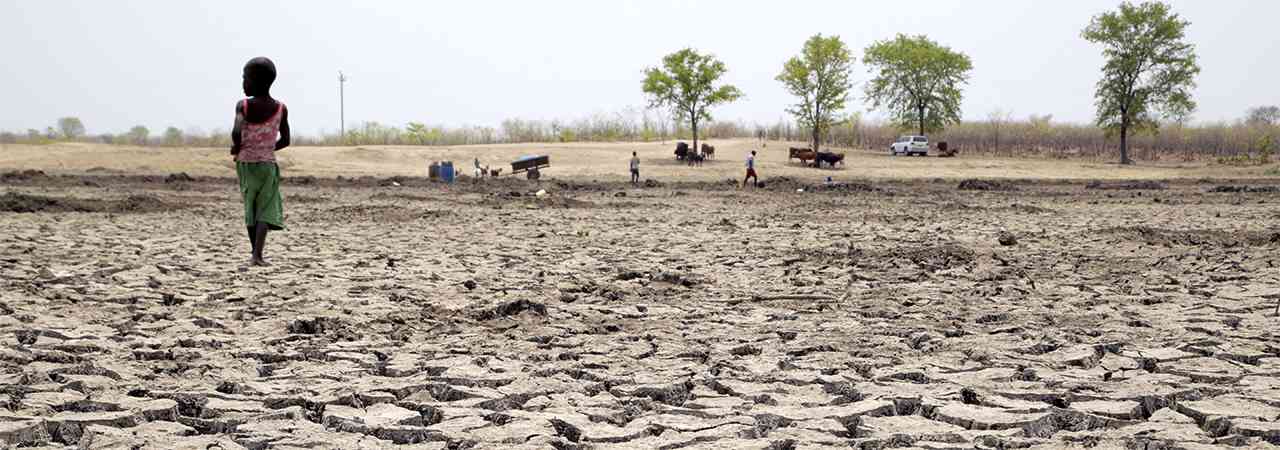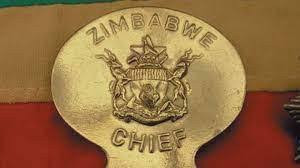
CHIVI DISTRICT livestock extension officer Judith Matume has bemoaned villagers’ failure to appreciate the importance of fattening their cattle in feedlots.
MOSES CHIBAYA OWN CORRESPONDENT
A feedlot, also known as a feedyard, is land under a perimeter fence where livestock is kept for two to three months and fed on a highly specialised diet to fatten it before being taken to the market and slaughter.
It takes between 60 and 90 days for the cattle to reach the targeted weight, which Matume said was determined by the breed and age of the beast, among other factors.
“Villagers are still to appreciate the economic value of feedlots (and) we are trying to mobilise and educate (rural) farmers on the importance of feedlots. The feedlot project is aimed at assisting farmers make profit from livestock through improving quality of the ultimate product,” she said.
“We expect people to come with their livestock for fattening. We are trying to encourage the farmers to commercialise instead of having to keep 100 animals that are dying.”
Matume said farmers were overstocking cattle and the number of beasts they did not match the available grazing pastures adding that they should exercise destocking in a manner that benefits them.
Matabeleland North, Matabeleland South and parts of Masvingo and the Midlands provinces thrive on cattle ranching, but consecutive droughts have drastically reduced the herds and grazing pastures putting a strain on villagers.
- Chamisa under fire over US$120K donation
- Mavhunga puts DeMbare into Chibuku quarterfinals
- Pension funds bet on Cabora Bassa oilfields
- Councils defy govt fire tender directive
Keep Reading
Matume said they would hold training exercises for rural farmers to educate them on the importance of cattle fattening.
“I think the farmers will be able to respond better than they are doing at the moment,” she said.
The cattle fattening project is part of the draught mitigation project initiated by the Food and Agriculture Organisation (FAO) as a way of reducing the negative and shocking effects of drought on the livelihoods of communal farmers.
Councillor for Ward 11 in the Nyevedzanai area of Chivi district, Walter Nyambi, said the area does not receive adequate rainfall and experiences droughts every year as it is located in the dry regions four and five.
He said the cattle fattening project would help villagers profit from their herds as most had previously lost a large number of beasts to crippling droughts.
“With time, people will appreciate the importance of this project. When we started, people were not positively responding, but judging by the numbers of people that are now coming forward, they seem to be appreciating the gains,” Nyambi said.
“The project is essential in that we no longer have to go to distant areas in search of grazing lands. We don’t have grazing lands that can sustain our livestock for the whole year.”
FAO Zimbabwe livestock technical officer Basil Mugweni said the overall objective of the project was to ensure food and nutrition security to most rural households with the expected outcome being to enhance the protection of assets and develop market systems.
About 19 000 tonnes pen fattening livestock feed was distributed to over 20 000 families.
Another 15 000 families were assisted through the drilling and rehabilitation of boreholes. At least 375 000 animals were vaccinated against anthrax and foot and mouth disease during the project.










